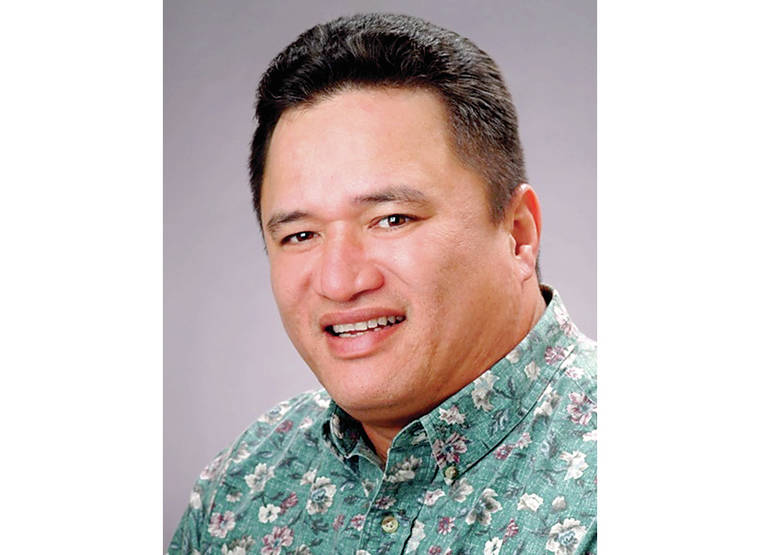Puna Geothermal Venture is continuing its work toward recovery, plant officials said during a community meeting Wednesday afternoon in Pahoa.
The plant closed in May 2018 during the eruption of Kilauea volcano.
Lava destroyed a substation and covered a few geothermal wells, as well as cut off road access to the state’s only geothermal power plant, but it was otherwise spared significant damage in the eruption that began May 3, 2018, in lower Puna.
Although recovery is ongoing, plant manager Jordan Hara told the small crowd gathered Wednesday PGV still has “a lot of work to do.”
When it comes to the plant’s equipment, “we’re going pretty good, getting a lot of equipment fixed up, repaired or replaced.”
PGV is currently cleaning out one of its production wells, Hara said, and after that, “we’re in debate of which route we want to go, whether we … drill a new well, or potentially work on another (existing) well, cleaning it out.”
PGV is allowed to build as many as 28 wells under a plan of operation approved in 2006. It currently has 11 wells — five for injection and six for production — that range in depths of 4,000 feet and 8,000 feet. Applications for two new geothermal wells were approved last month by the state Department of Land and Natural Resources, but PGV officials said at that time that new wells were still under consideration.
Mike Kaleikini, PGV’s senior director of Hawaii, said after Wednesday’s meeting that PGV still aims to be operational by year-end.
Hara said after the meeting that under ideal circumstances, PGV “would like to at least try to run and test our equipment” by the end of the year. “Now, actually selling power to the grid, (that is) not likely until we have our substation, which is next year. So, we’re shooting to at least start up and run some equipment and make sure everything’s good and test everything … .”
When looking at PGV’s overall recovery, Hara said, “I mean it’s recovery of a whole power plant, right? So you have a lot of electrical stuff that you have to go through. We’ve rebuilt turbines, we’ve rebuilt generators, motors. We have to get a good production well, get a good reinjection well. There’s a lot of stuff that we can’t test until we get HELCO power.”
During the meeting, Hara told the crowd that PGV has had its service with HELCO reconnected.
“We do have one of our main water pumps running off HELCO power, we have brought in HELCO power into our main switch gear, and slowly … we’re getting more equipment on that, which is nice to get off generators.”
PGV is also working with HELCO to tie a neighboring subdivision into its line, “to hopefully get service power to the subdivision below us to help them out — and at no cost to them, on our side, anyway,” Hara said.
After the meeting, Hara said that once PGV gets full service, “which we’re in the process of,” it’ll be all hands on deck to test instrumentation and other equipment that requires electricity.
“Everything’s going,” Hara told the group. “Not easy. A lot of work. But it’s going.”
“We’re making progress,” Kaleikini said. “We’re staying focused on safety. Safety has and always will be our No. 1 priority.”
Email Stephanie Salmons at ssalmons@hawaiitribune-herald.com.






